Free shipping order over 20,000
Green Monk
₨ 87,500 Original price was: ₨ 87,500.₨ 70,000Current price is: ₨ 70,000.
Scientific Name:
Myiopsitta monachus
Size:
Typically ranges from 28 to 30 cm (11 to 12 inches) in length.
Weight:
Around 90 to 115 grams (3.2 to 4.1 ounces).
Color:
- Body: The Green Monk Parrot has a vibrant green plumage with varying shades, from a bright lime green to a more olive green on the underside.
- Face: The face is lighter green, often with a yellowish tinge around the cheeks.
- Wings: The wings are a mix of green with some blue and turquoise feathers.
- Tail: The tail feathers are predominantly green with hints of blue and turquoise.
- Beak:
The beak is orange and strong, well-suited for cracking seeds and nuts. - Eyes:
Dark eyes with a contrasting pale ring around them.
Legs and Feet:
Grayish in color, with zygodactyl toes (two toes facing forward and two backward), aiding in effective climbing and grasping.
Important Keys:
Habitat
Distribution:
Native to South America, including countries such as Argentina, Paraguay, and parts of Brazil. Green Monk Parrots are also known as the Monk Parakeet and are adaptable to various environments, including urban areas.
Environment:
They thrive in diverse habitats such as forests, urban areas, and open fields. In captivity, they need a spacious cage with plenty of perches, toys, and social interaction.
Diet
Primary Food:
In the wild, their diet includes seeds, fruits, nuts, and berries. They may also consume grains and crops.
Captivity Diet:
In captivity, they should be provided with a balanced diet of high-quality pellets, fresh fruits, vegetables, and occasional seeds. Fresh water should always be available.
Feeding Behavior:
Green Monk Parrots are active foragers, using their strong beaks to crack open seeds and nuts. They enjoy exploring and foraging in their environment.
Breeding
Breeding Season:
In captivity, Green Monk Parrots can breed year-round. In the wild, their breeding season is influenced by seasonal changes and environmental conditions.
Nest Location:
In the wild, they build large, communal nests in tree branches. In captivity, they should be provided with a suitable nesting box.
Egg Quantity:
A typical clutch consists of 4 to 8 eggs.
Incubation Period:
The incubation period lasts approximately 24 to 26 days.
Fledging:
Chicks fledge around 6 to 8 weeks after hatching.
Lifespan
In the Wild:
Green Monk Parrots can live up to 10-15 years.
In Captivity:
With proper care, they can live up to 15-20 years or more.
Behavior
Social Structure:
Green Monk Parrots are highly social and often live in large flocks with complex social structures. They are known for their cooperative breeding and strong group bonds.
Vocalization:
These parrots are very vocal, producing a range of chirps, squawks, and calls. They are capable of mimicking various sounds and human speech.
Personality:
Green Monk Parrots are intelligent, active, and playful. They enjoy interaction with their environment and caregivers. Their social nature means they thrive with regular interaction and mental stimulation.
Related Products
-
-13%
Blue Star Finch
₨ 23,000Original price was: ₨ 23,000.₨ 20,000Current price is: ₨ 20,000. -
-20%
Owl Finch
₨ 20,000Original price was: ₨ 20,000.₨ 16,000Current price is: ₨ 16,000. -
-20%
Silver Diamond Firetail Finch
₨ 31,250Original price was: ₨ 31,250.₨ 25,000Current price is: ₨ 25,000. -
-13%
Gray Diamond Firetail Finch
₨ 23,000Original price was: ₨ 23,000.₨ 20,000Current price is: ₨ 20,000. -
-20%
White Zebra Dove
₨ 43,750Original price was: ₨ 43,750.₨ 35,000Current price is: ₨ 35,000. -
-20%
White-tailed Dove
₨ 1,250Original price was: ₨ 1,250.₨ 1,000Current price is: ₨ 1,000. -
-20%
Diamond Pied Dove
₨ 6,250Original price was: ₨ 6,250.₨ 5,000Current price is: ₨ 5,000. -
-20%
Cape Dove
₨ 37,500Original price was: ₨ 37,500.₨ 30,000Current price is: ₨ 30,000.
Sign Up for Exclusive Birds Care Tips and Offers from Phool Panchi
© 2024 Phool Panchi | Developed By v3Studio


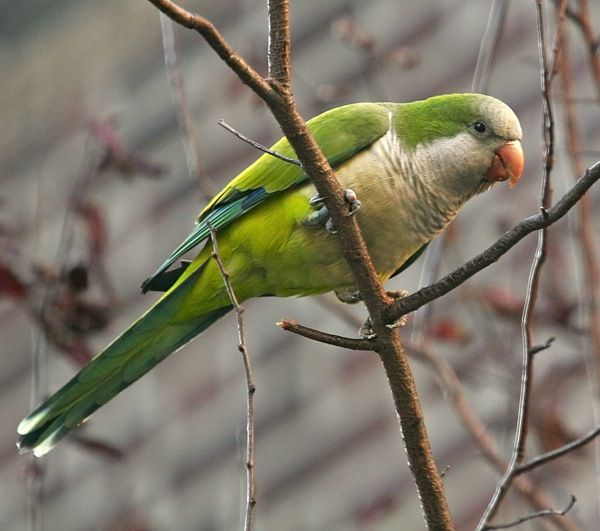


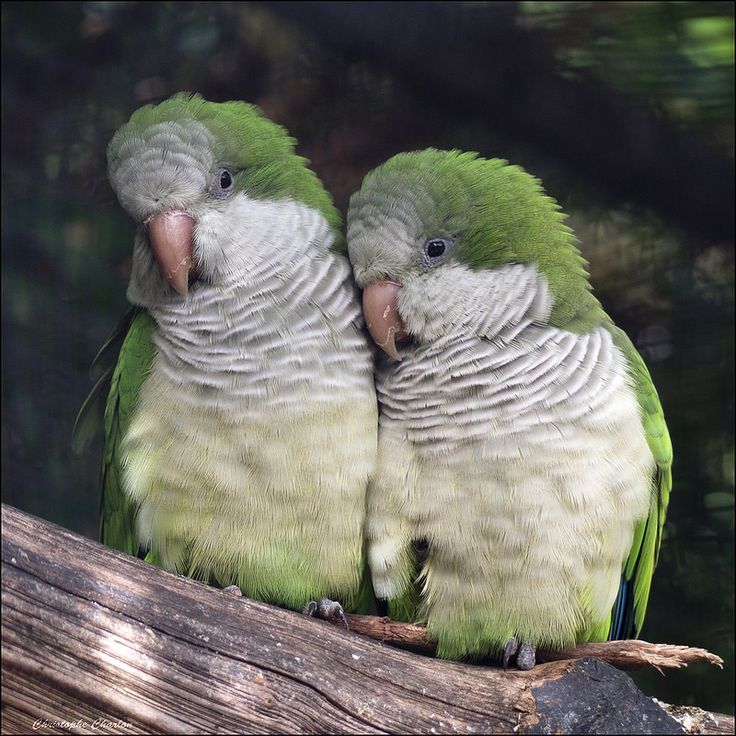

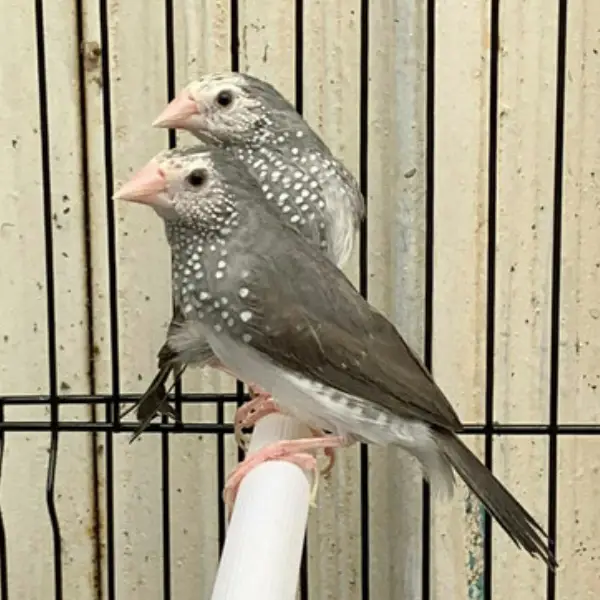
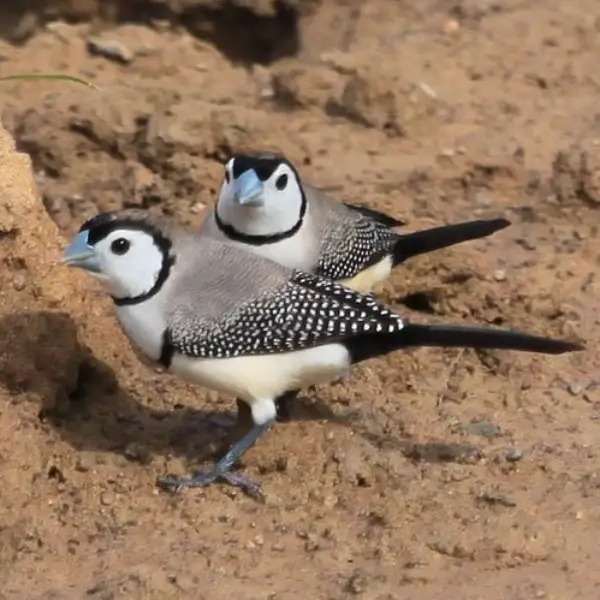
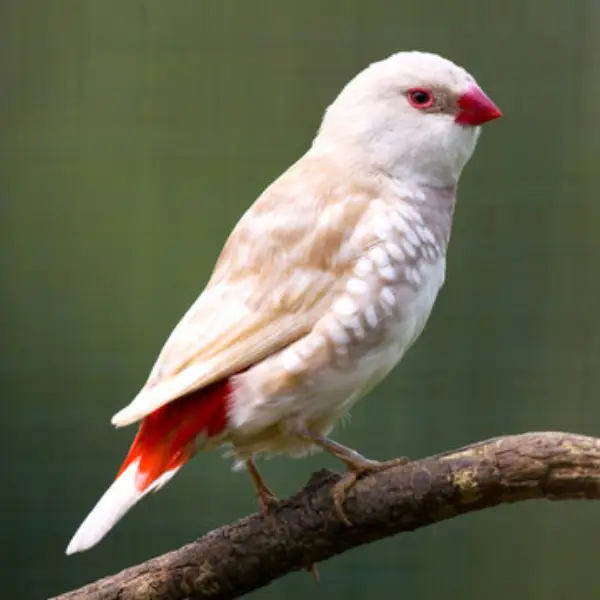
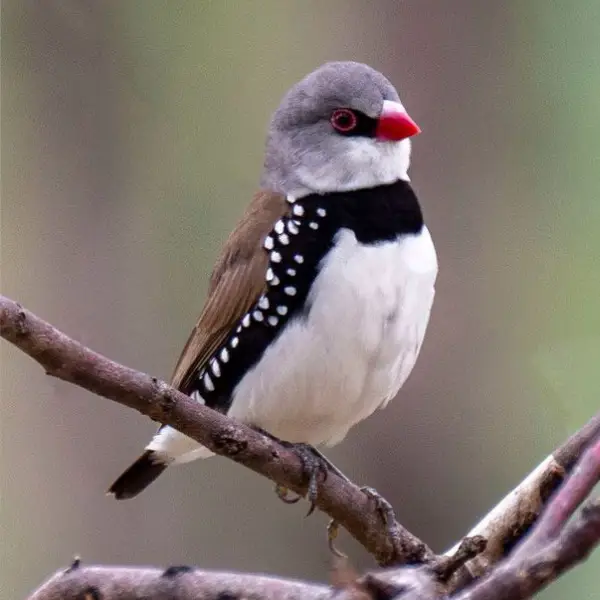
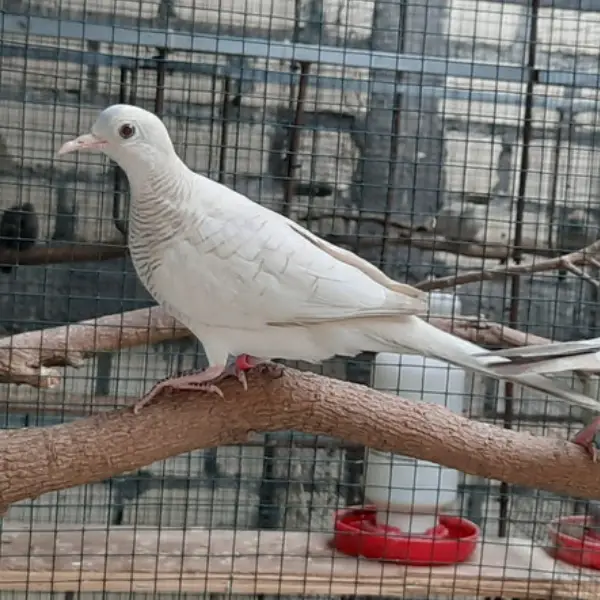

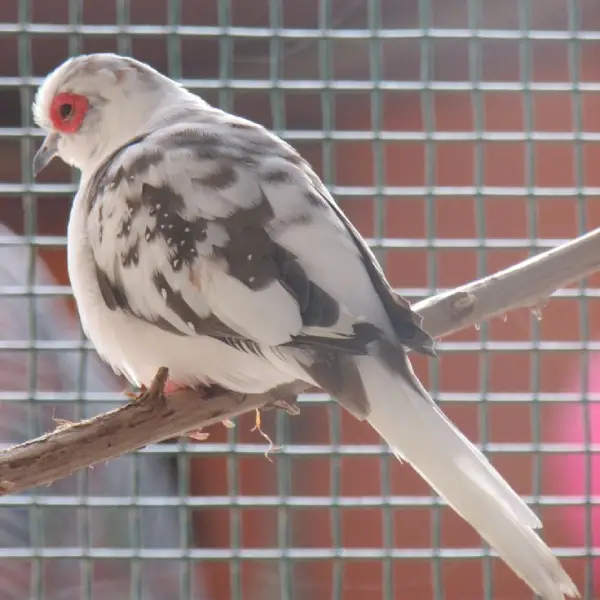

Reviews
There are no reviews yet.